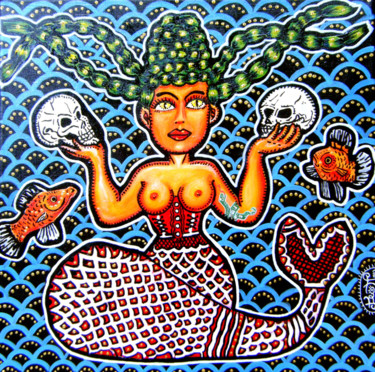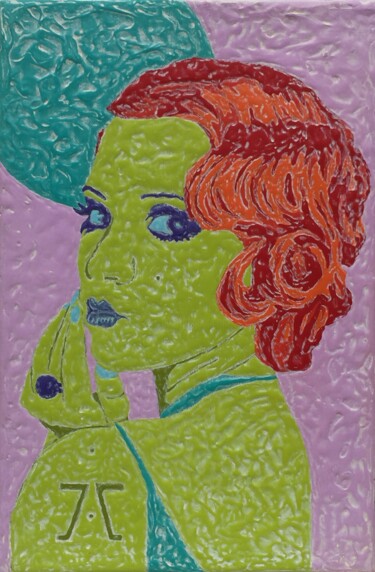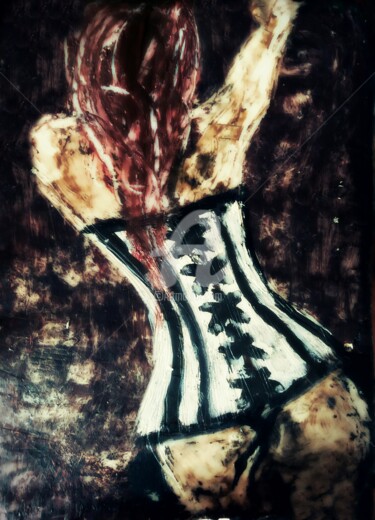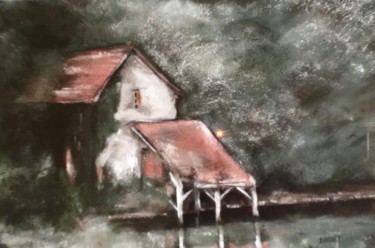
Florence H
"Sirène, esprit des Os"
Acryl auf Leinwand | 15,8x15,8 in
850,58 $
Verfügbare Drucke

Marjinal
"ANNÉE FOLLE"
Acryl auf Leinwand | 12,8x8,5 in
Auf Anfrage


